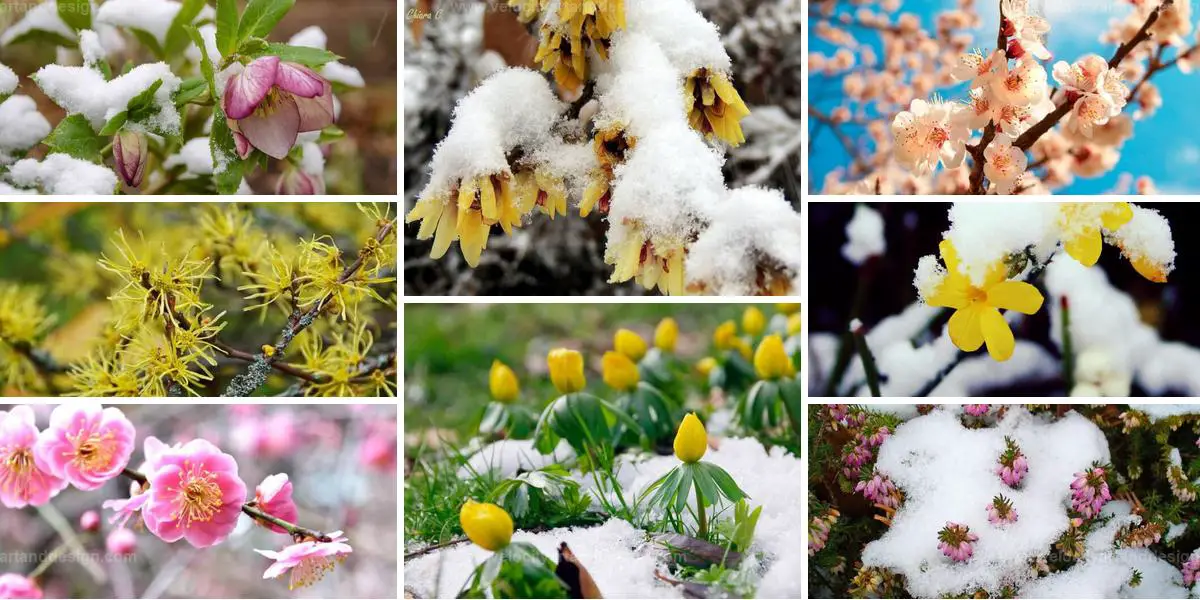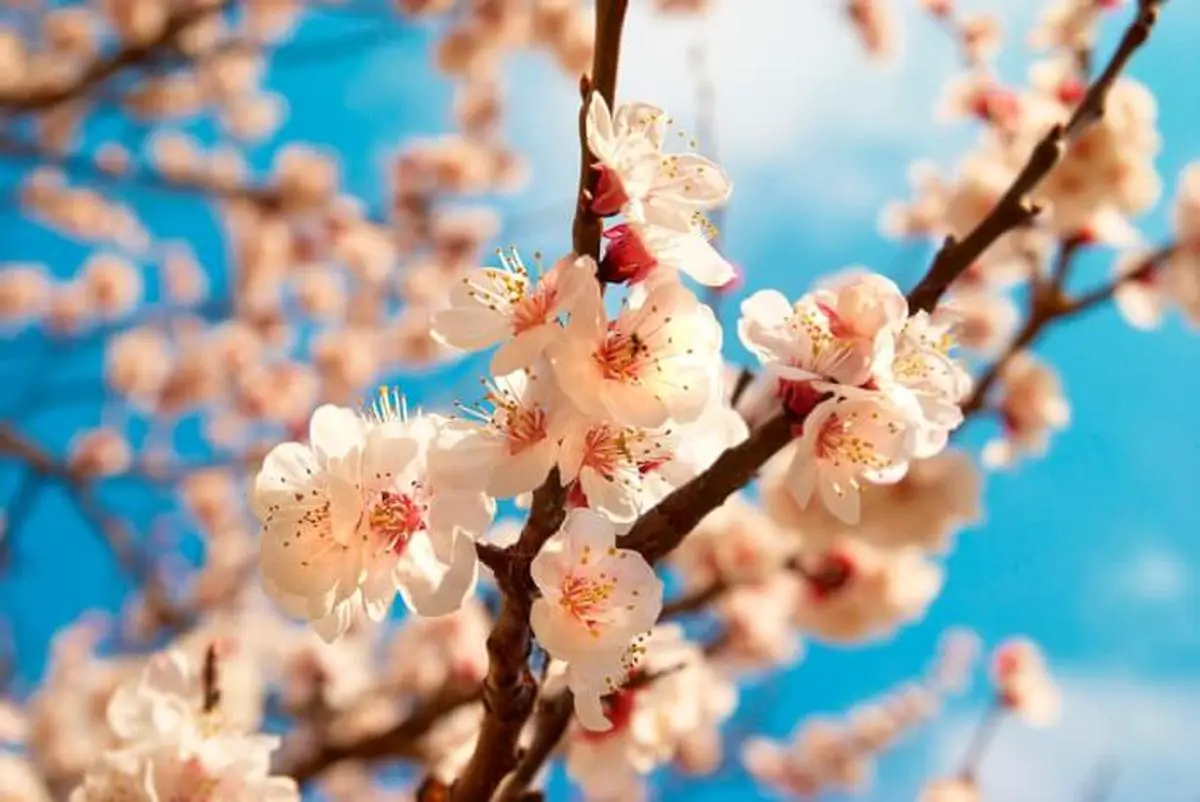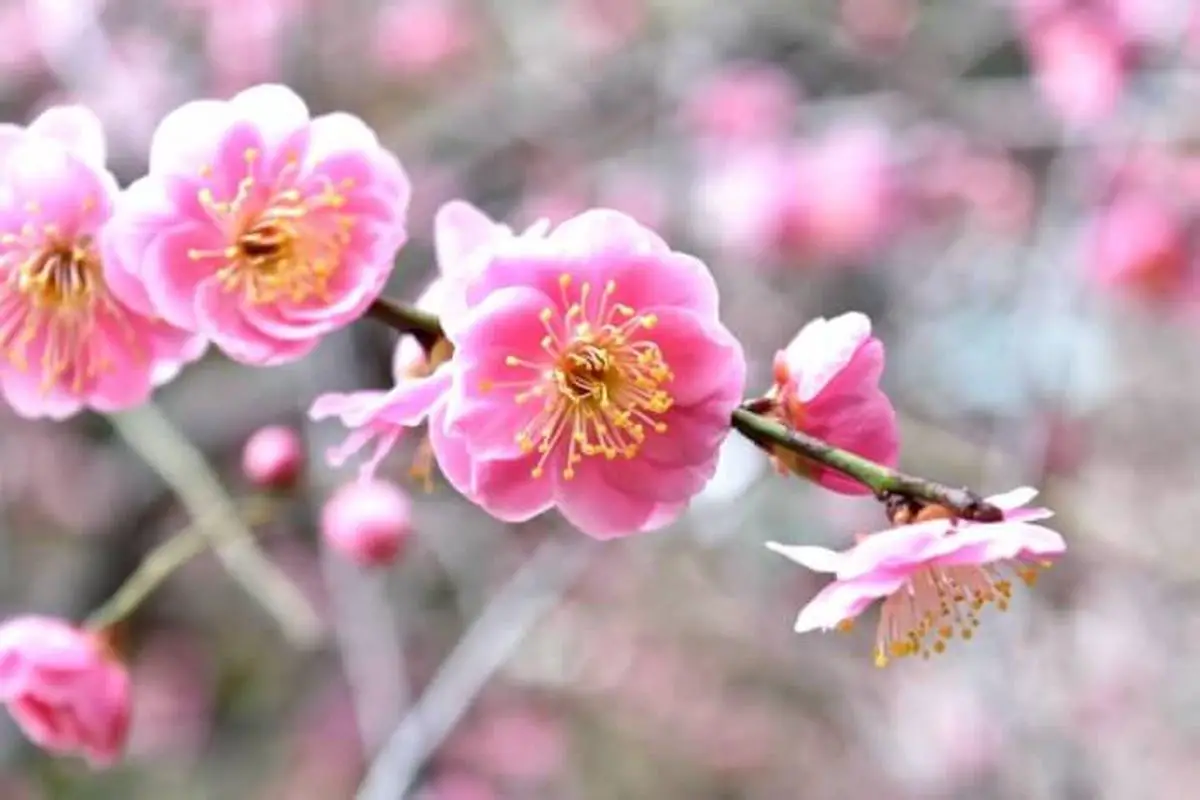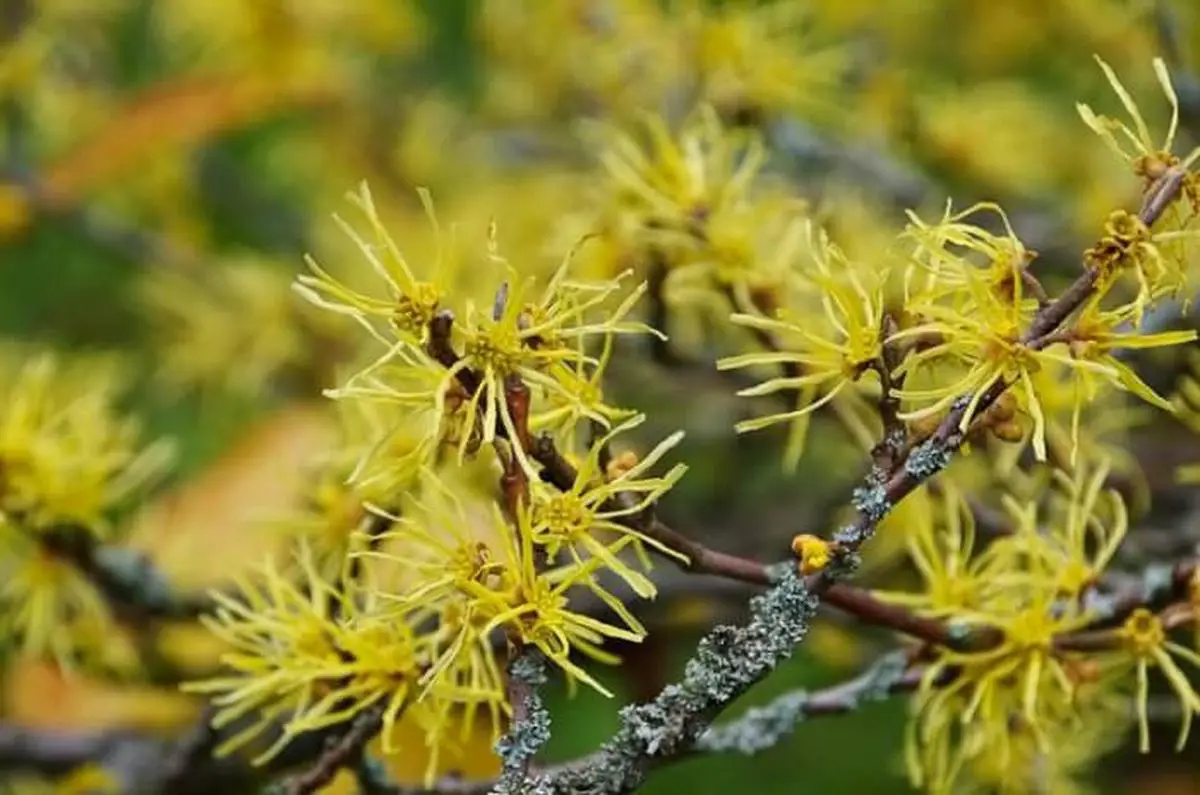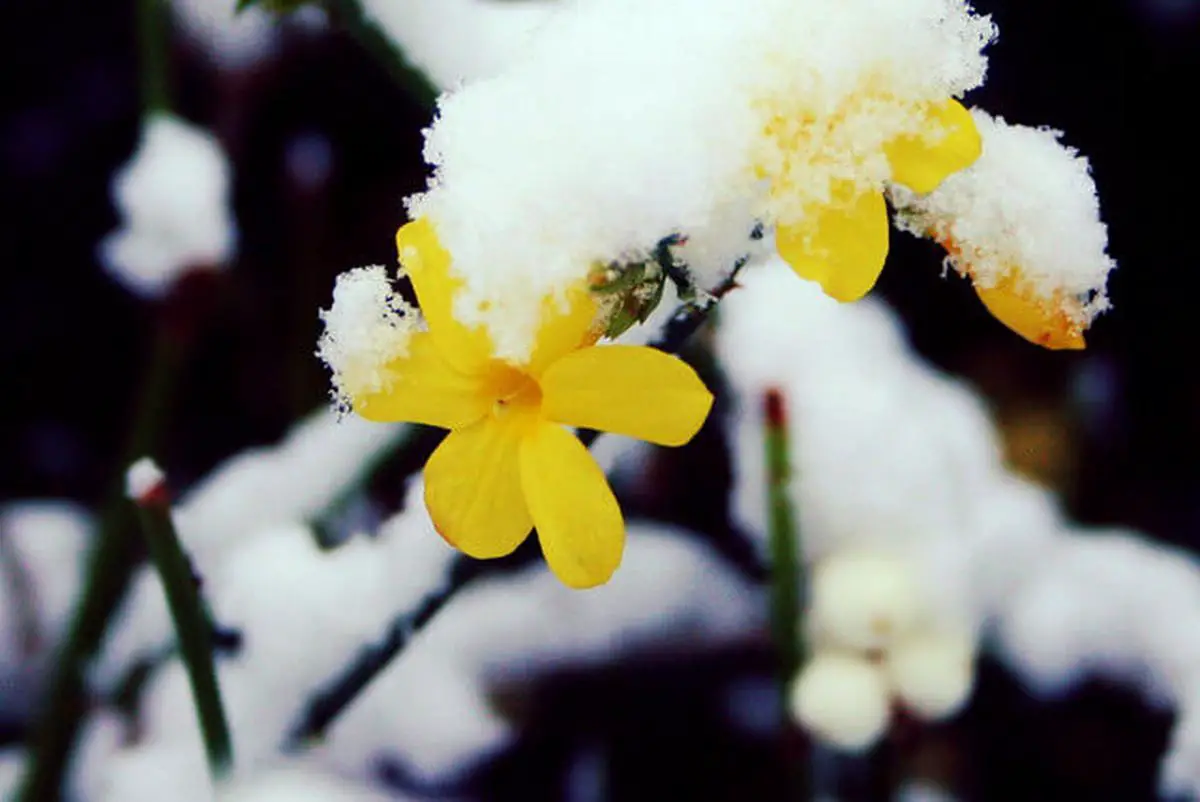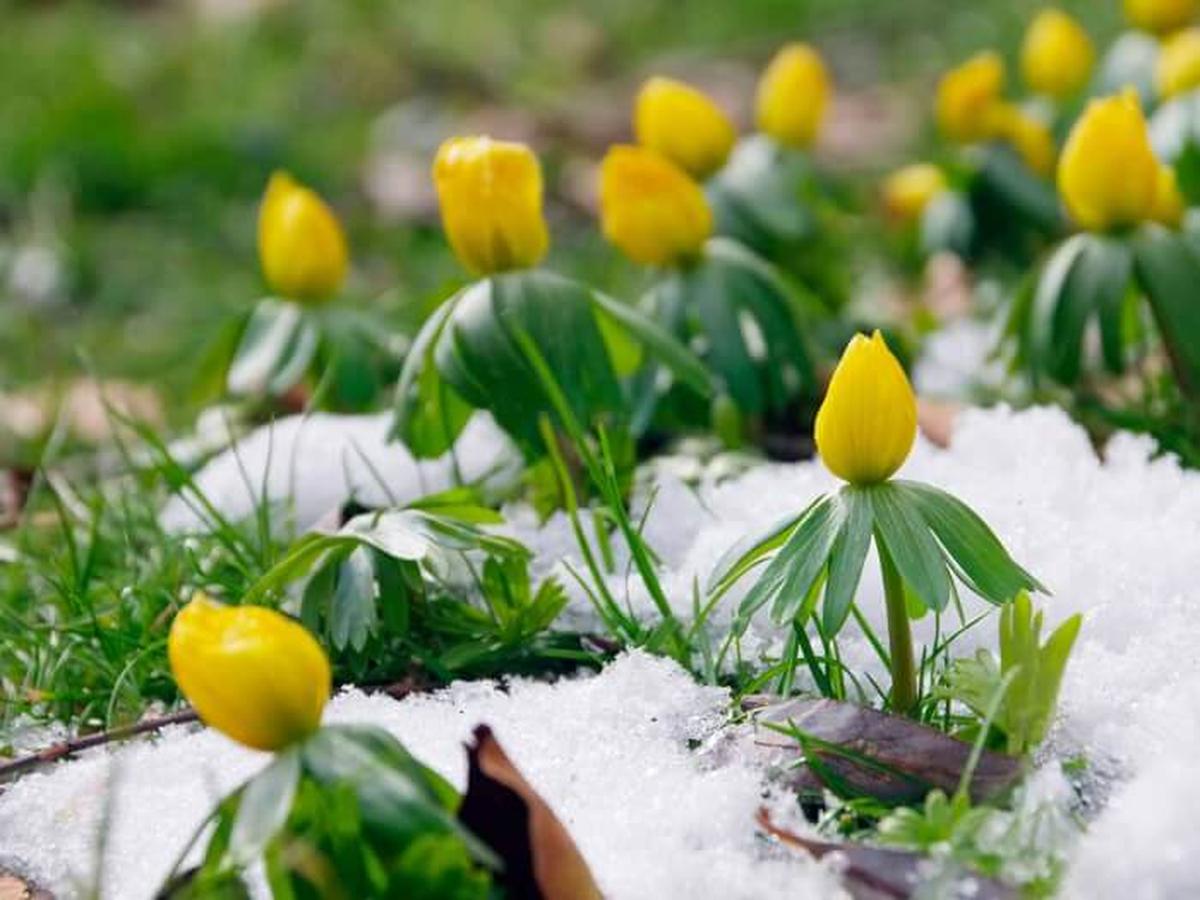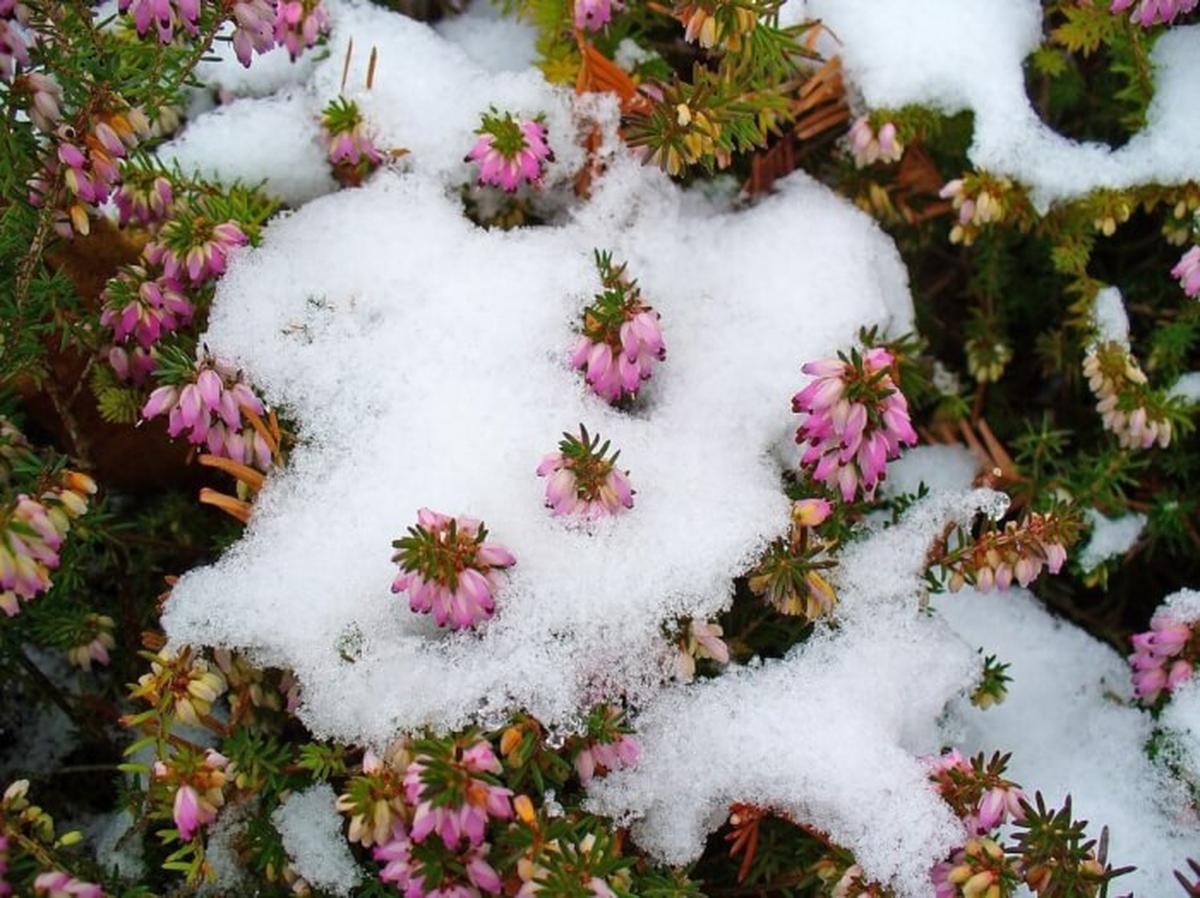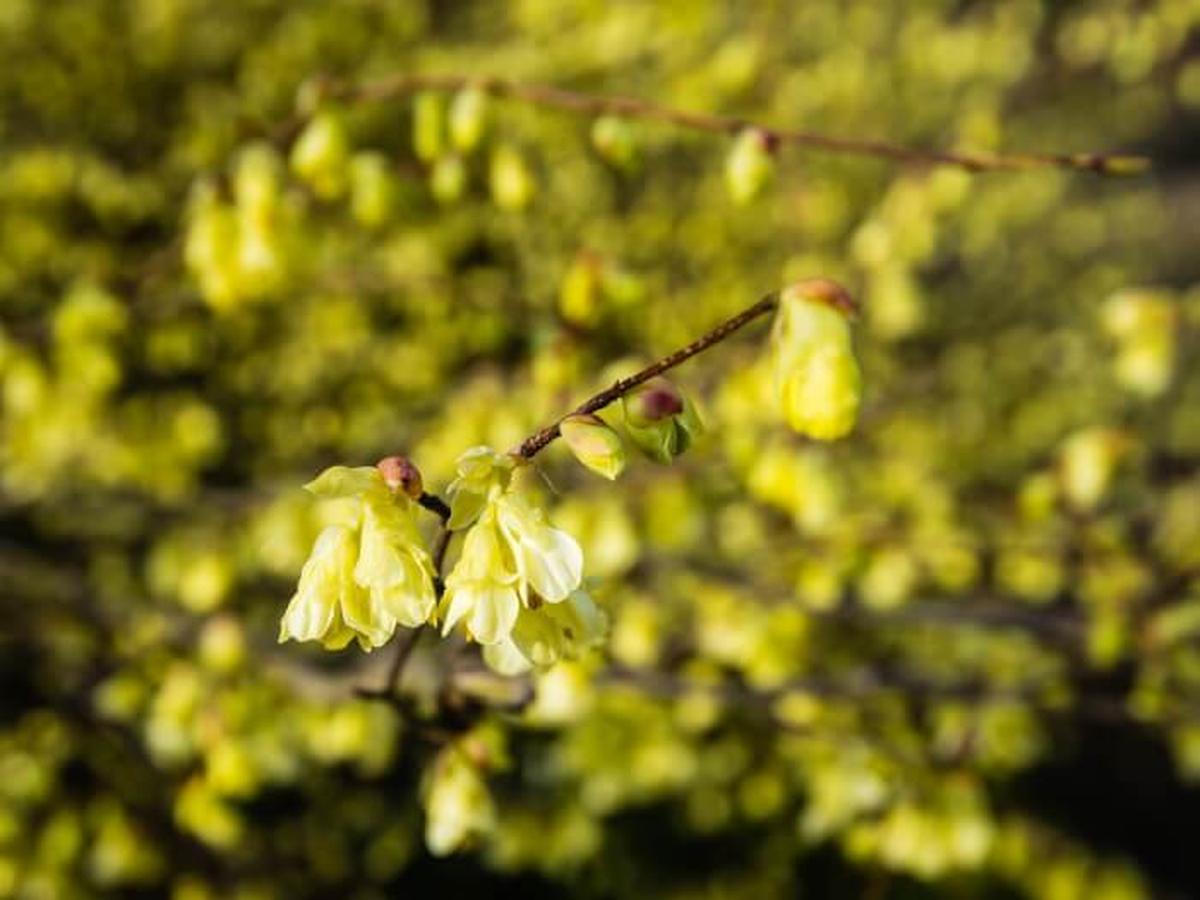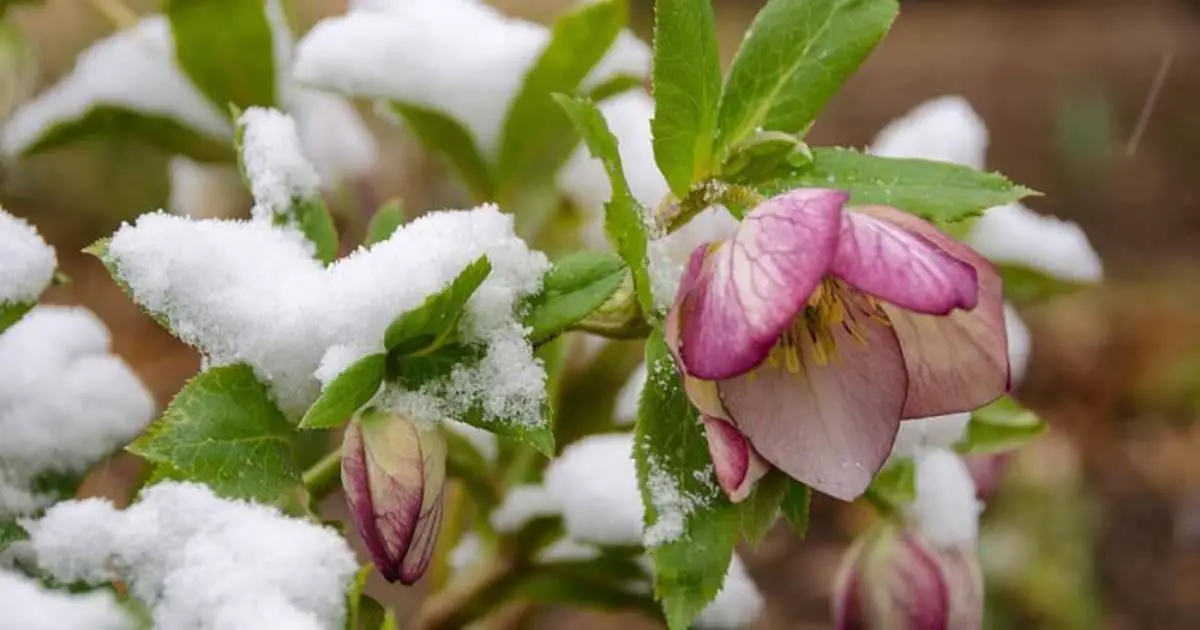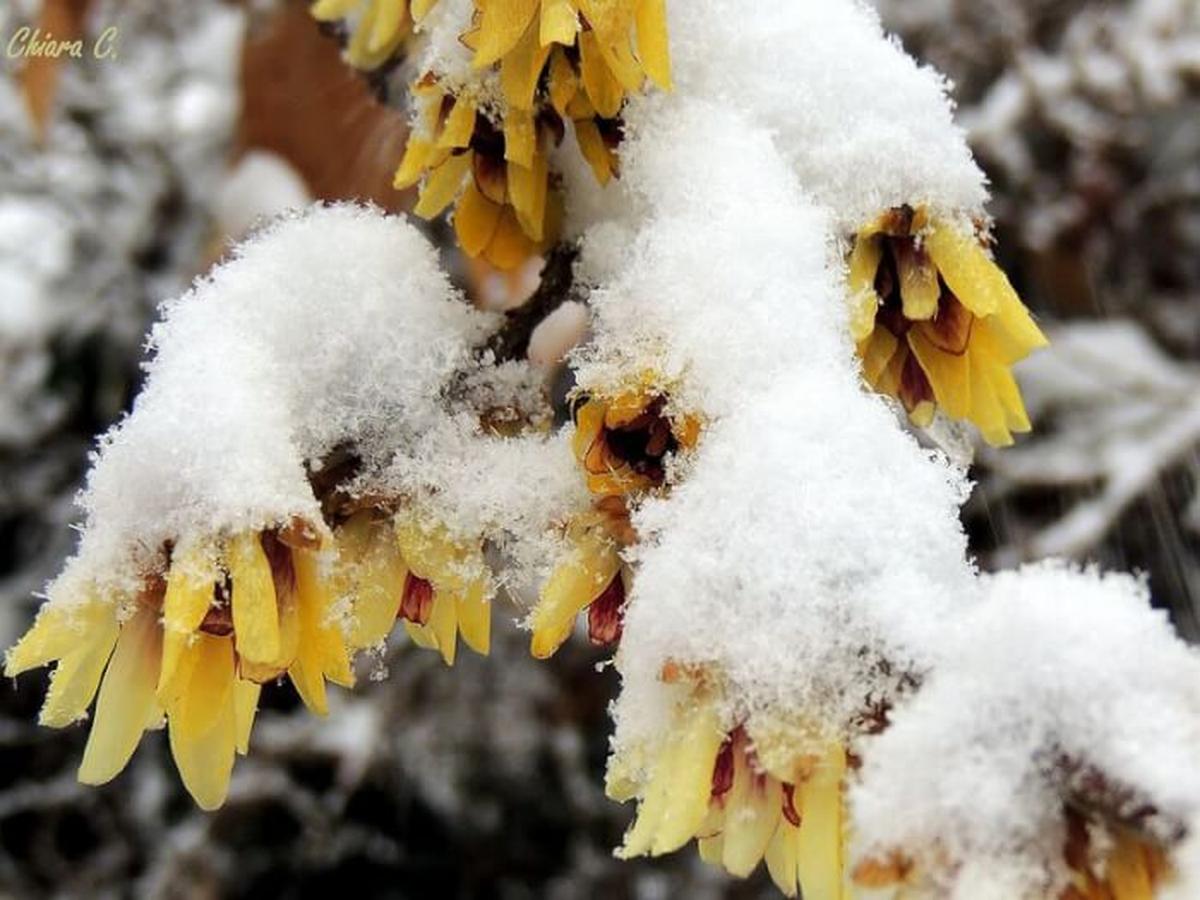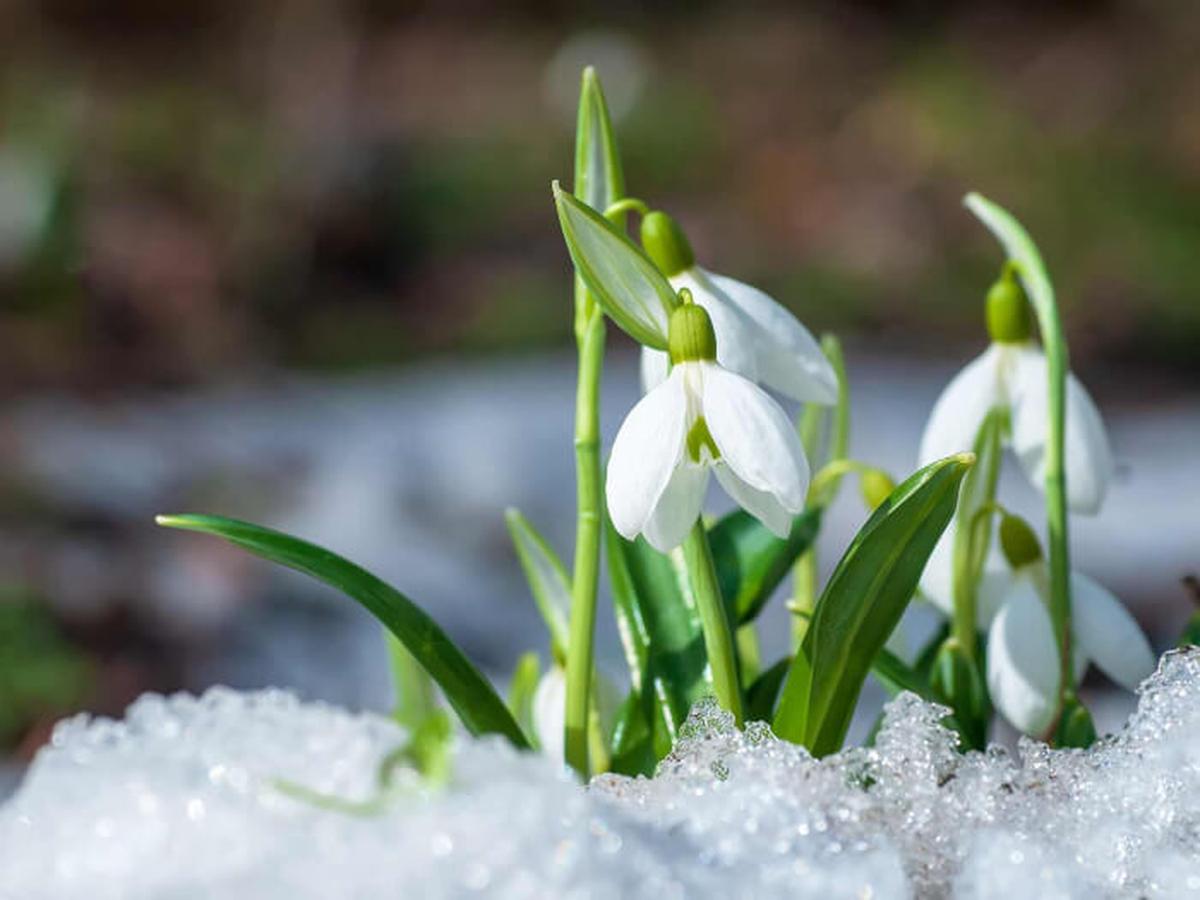10 Winter Blooming Plants to Add Color to Your Garden
Even in the heart of winter, certain plants have a magical ability to bloom, bringing life and color to an otherwise gray landscape.
If you’re looking to enjoy flowers year-round, these 10 winter-flowering plants are the perfect additions to your garden.
With varieties like witch hazel, snowdrops, and winter jasmine, you can brighten your outdoor space with flowers that thrive in the colder months, offering beauty and resilience when most plants rest.
Japanese Apricot (Prunus mume)
Japanese apricot trees bring early spring beauty with their delicate pink, white, or red blossoms that bloom in February and March. The fragrance these flowers release is enchanting, filling the air with a sweet aroma.
Hardy in zones 6 to 9, this small deciduous tree is a lovely addition to gardens, offering a lively burst of color after winter’s quiet.
Japanese Plum (Eriobotrya japonica)
Japanese plum trees captivate with their soft pink and white blooms, thriving best in mild winters of zones 8 to 10. As the flowers open, they create a soft, serene ambiance that brings a sense of renewal to the landscape.
Known for tolerating mild cold, this tree brings a charming touch to early spring gardens.
Fiery Witch Hazel Illuminates Winter Gardens
Witch hazel stands out in autumn and winter, lighting up gardens with fiery shades of yellow, orange, red, and purple. Hardy from zones 3 to 8, this shrub releases a warm fragrance that enhances the season’s colors.
The ribbon-like petals resemble delicate fireworks, making witch hazel a vibrant focal point during colder months.
Winter Jasmine (Jasminum nudiflorum)
Winter jasmine adds cheerful yellow blooms to gardens from November onward, thriving in zones 6 to 10. As a deciduous vine, it works beautifully as ground cover or climbing up trellises.
These sunny flowers brighten winter landscapes, creating a lively display when most other plants are at rest.
Winter Aconite (Eranthis hyemalis)
Winter aconite brings a sea of bright yellow blooms to late winter gardens, flourishing in zones 3 to 7. The small flowers emerge from a bed of green, grass-like leaves in March or April, creating a striking visual contrast.
When grown in favorable conditions, winter aconite spreads profusely, transforming the garden into a vibrant carpet of yellow.
Winter Heath (Erica carnea)
Winter heath adds a lively display of color with its pink to purple blooms that endure from January through early spring. Hardy in zones 5 to 7, this evergreen shrub brings brightness to winter landscapes.
Its compact, bushy growth makes it a charming ground cover, transforming cold-weather gardens with warmth and color.
Winter Hazel (Corylopsis pauciflora)
Winter hazel enchants with translucent yellow blossoms that emerge on bare branches, releasing a soft fragrance. Thriving in zones 6 to 9, this small deciduous shrub adds warmth to early spring with its unique petal shapes.
The essential oils carried on the breeze bring an unexpected sensory delight to your outdoor space.
Winter Rose Blooms in Snow
Hellebore, often called the “winter rose,” brings a soft touch of color to shaded, cool areas in zones 4 to 9. Some varieties even bloom in snowfall, displaying their blossoms in a gentle bow.
Tucked under trees, hellebores create a peaceful, enchanting look, adding grace to your winter and early spring garden.
Winter Sweet (Chimonanthus praecox)
Winter sweet, with its small, yellow bell-shaped flowers, brings a delightful scent to gardens in zones 7 to 9. When fully open, the blossoms reveal deep purplish centers that add a touch of contrast.
This fragrant shrub becomes a garden favorite in winter, making any outdoor space feel warm and inviting.
White Snowdrops for Spring Gardens
Snowdrops make a graceful ground cover, with delicate white flowers nodding gently in the breeze. Known for blooming in zones 3 to 7, these plants evoke the purity of freshly fallen snow.
The simple, drooping flowers add elegance to early spring gardens, inviting you to appreciate the beauty of the changing season.

